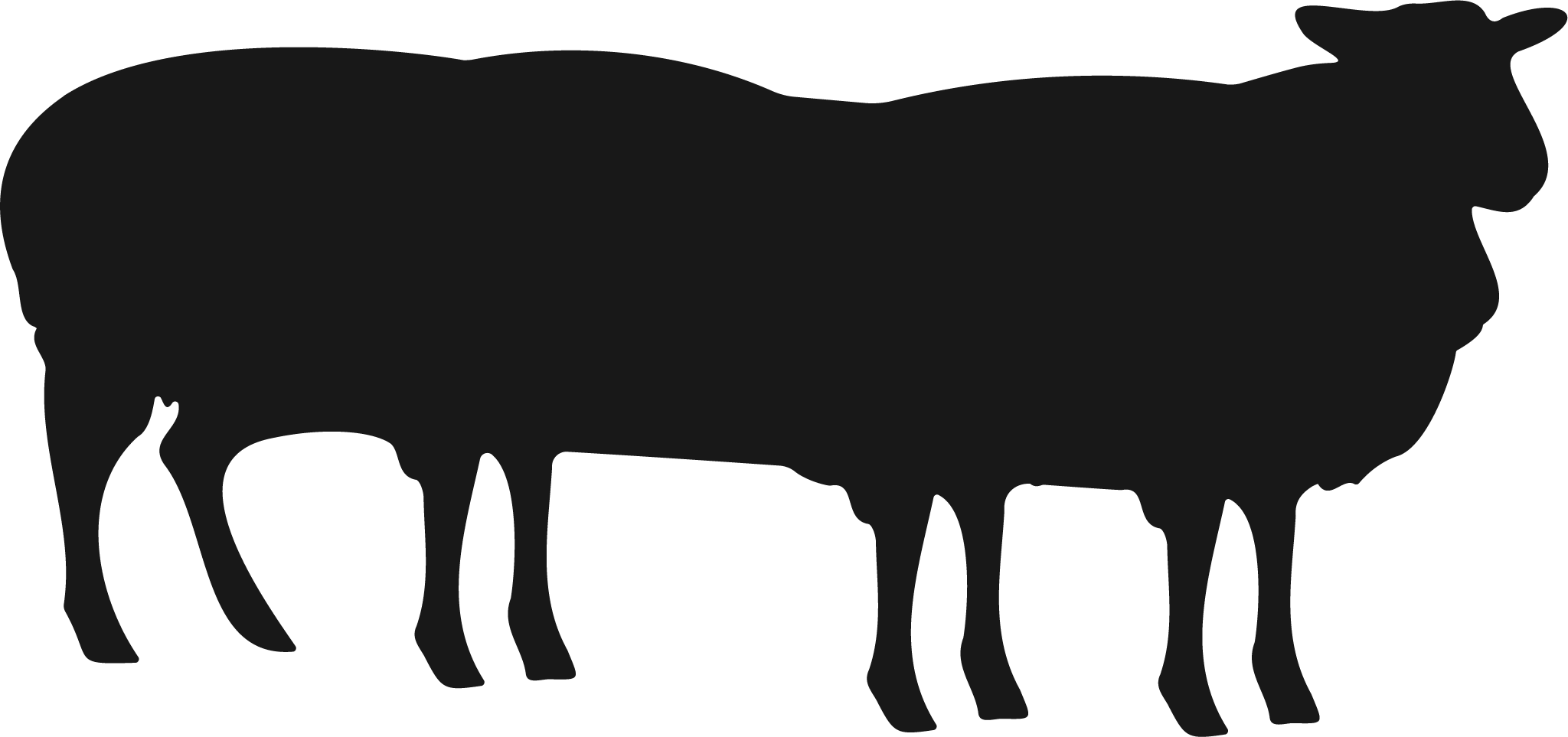Find Your Niche &
Stand Out
With This Competitive Landscape Analysis
The Power of
Analyzing the Competition
Today is a great time to start a coffee company, or to redefine how your company can better reach your customers.
And in an industry where so many companies are creating & selling similar products, your brand is the best way for you to stand out.
Your brand is more than your colors, your logo, and your website.
Your brand is everything you do. Everything about your company.
Your.
Brand.
Is.
Everything.
How do you create
a brand that stands out?
If you want to stand out, reach more customers, and make more sales...
You have to know
who you're standing out from.
That's why every time I work with a coffee company at Black Sheep Coffee Collab, we start with a Competitive Landscape Analysis.
Competitive Landscape
Analysis Benefits:
Give your concept the best chance of success
Reach & communicate with your ideal customers
Stand out in a crowded marketplace
Refine your brand & niche
Keep & grow your market share
Don't have to compete on price with bigger companies when you know your unique niche
Better ROI on your time, money, & effort by identifying higher potential areas for your brand
How to Analyze
the Competitive Landscape
I recently helped Thursday, a new Brooklyn coffee shop, analyze their competition as part of the first step of building their brand.
Check out the video below for what we did:
Step 1:
Industry Research
Look at the coffee industry overall, as well as trends in your segment or your area.
Use industry reports to get an idea of where the biggest opportunities lie.
This will help you focus your efforts on what’s most likely to succeed.
But after you look at the industry-wide data, you want to dig into the specific companies you'll be competing against and learn everything you can about them.
Step 2:
Pick Your Closest Competition
Look at 10 companies that are either in your geographical area, your niche, or both.
Find companies that have a high SEO presence. E.g., search for "Brooklyn Specialty Coffee" or "Scandinavian Bakery"
Find companies on Instagram, pay attention to how many followers they have.
If you're going after a younger audience, TikTok is a great place to research
Visit competitor’s websites, see what they’re highlighting
Check out their menus
Step 3:
Analyze what the
competition is doing
Check out their website & social media profiles. Determine the following:
Value Proposition - What are they doing for the coffee drinker that’s special or unique?
Pricing - Look at standard items to benchmark your prices
Locations - Especially for retail coffee bars
Menu offerings - Other than the standard offerings, what are they bringing to the table?
Step 4:
SWOT Analysis
Use the information you gathered in step to perform a SWOT analysis
on each competing company.
Start by breaking down their strengths & weaknesses:
Strengths: What are they doing well?
Weaknesses: What could they be doing better?
Next, determine what those strengths & weaknesses mean for your company. You'll be able to outperform them in some areas, while they'll have a clear advantage in others.
Opportunities: What could you do that they're not doing?
Threats: Where would you have a hard time competing against them?
Step 5:
Key Takeaways
After analyzing 10 of your competitors, trends will start to emerge.
List these out. Areas to look for include
Drink preparation
Ingredient sourcing
“Coffee Plus” concepts
Coffee bar design
Major areas of whitespace (what nobody else is doing)
Where you should follow what others are doing
Where you should break away from what others are doing
Step 6:
Your Brand Focus
Look back over your key takeaways, and focus in on the top 3.
These 3 Things Will Form THe Focus of Your Brand
They’re the foundation of everything.
The way customers will remember you.
The way you’ll design your website.
The way you’ll construct your menu.
The logo you choose.
The ingredients you source.
It’s the foundation for everything. These 3 things can evolve and grow as your brand does, but all the best brands have a core, recognizable brand identity that customers can instantly bring to mind.
So Find Your 3 Things to Focus On. And Build Your Brand.
What’s Next?
As you work on researching the competition & building your coffee brand, there are a few ways I can help:
1. Work With Me 1 on 1
Over the past two decades, I’ve built multiple successful coffee brands in competitive markets. Now, I focus on helping innovative specialty coffee companies create memorable, profitable brands.
Email darleen@blacksheepcollab.coffee, and let’s talk about your brand!
2. Stay Informed
In my email newsletter, I share weekly tips, guides like this one, and stories from the brands I’m helping to build. Sign up here.











